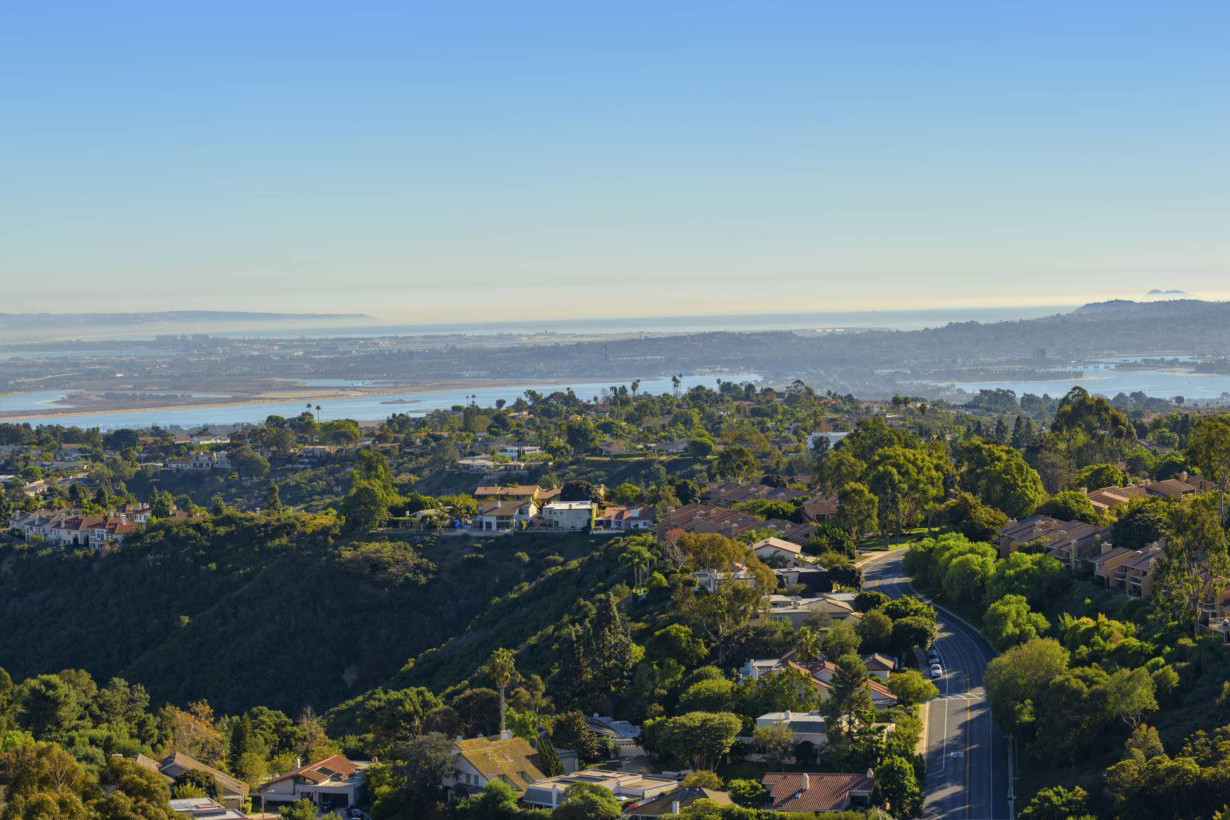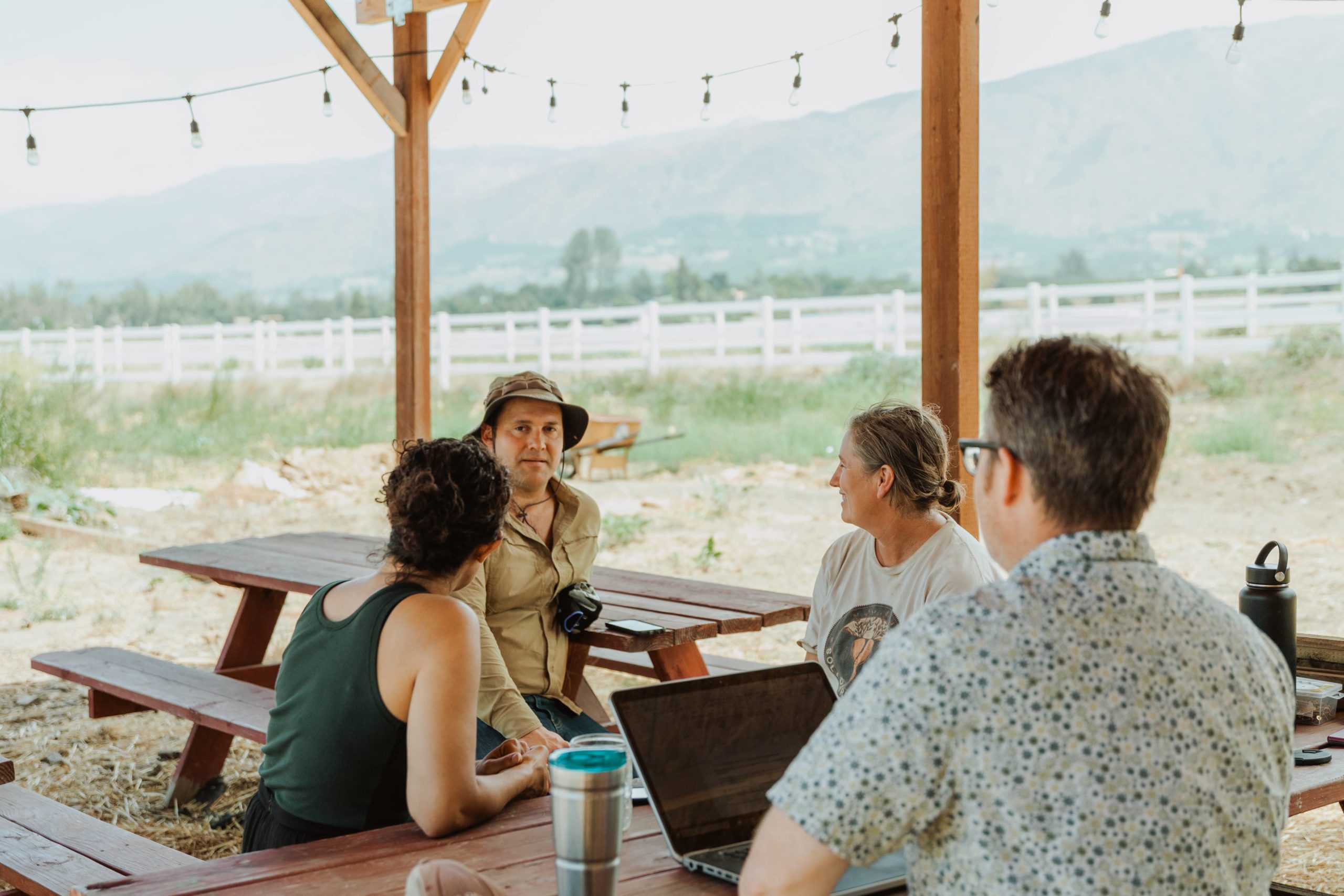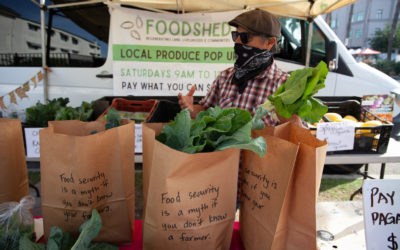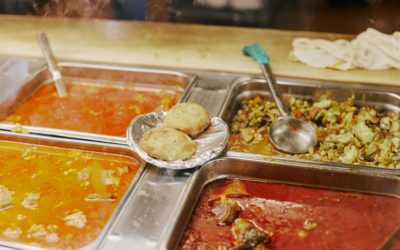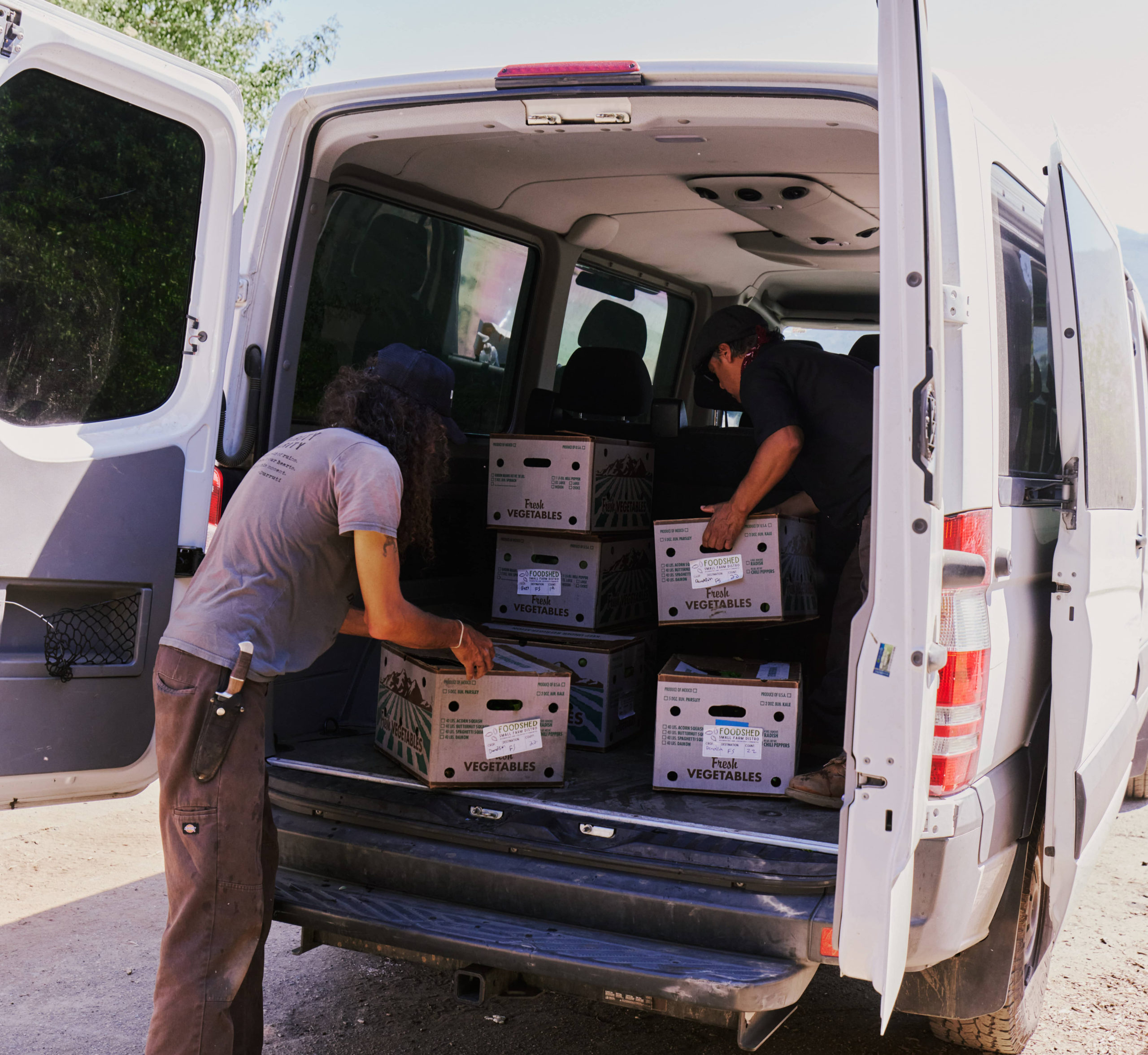Becoming a subscriber to Foodshed’s Fresh 5 program—a weekly distribution of fresh, seasonal produce, grown by the small farmers who make up the Foodshed cooperative—means you’re in for two surprises with every delivery. One is the produce itself: an ever-changing...
Objective 3
Scale Up Local, Sustainable, and Equitable Food Value Chains
Introduction
After it is grown, caught, and raised, food travels through a vast and interconnected web before ending up in grocery stores, cafeterias, markets, restaurants, and home kitchens around the world. The relationships and transactions involved in getting food from farms and oceans to eaters across the globe form what we call food supply chains.
The dominant food supply chains in America move trillions of pounds of food over thousands of miles, to feed millions of people. Shockingly long, based on mass production, and controlled largely by a small group of corporations, they create distance between producers and consumers, suppress biological and cultural diversity within food systems, accelerate market concentration, and dispossess communities of their food sovereignty. They also push prices down for producers and generate significant waste. Most regions of the country, however, including San Diego County, have become reliant on these global and national supply chains to feed their communities.
Building shorter food supply chains comprised mostly of local producers and food businesses provides a more sustainable and equitable alternative to the dominant way of moving food. It also creates opportunities for San Diego County’s small and midsize producers to capture a greater share of the consumer dollar, connect with local markets, and feed local residents. To create a healthier, more sustainable, and more just food system In San Diego County, we need to invest in our small and midsize producers and local food businesses, as well as the infrastructure needed to store, aggregate, process, distribute, and market their products within our region.
¹ The USDA defines small farms as farms with sales of less than $250,000. For our purposes, we define small farms and fishing operations as less than $50,000. Midsize farmers and fishermen have sales between $50,000 to $499,999. We define small restaurants as having sales under $500,000, while midsize restaurants have sales from $500,000 to $1 million. Small neighborhood markets have sales under $80,000, while midsize have sales from $80,000 to $150,000.
Chapter Summary
Imported food is making up a growing percentage of our country’s food supply.
From 2000 to 2017, food imports to the United States increased 112%, from $67 billion to over $143 billion.
Very little food produced in San Diego County remains in the region.
The top food products produced here—avocados, citrus, and tomatoes—in addition to seafood are exported.
Food value chains are a response to an increasingly concentrated marketplace that is squeezing out small and midsize food producers.
Examples include food hubs, producer cooperatives, and value chain facilitators.
Moving food from farms and oceans to kitchen tables requires infrastructure.
The types of infrastructure needed are trucks, refrigerators, freezers, warehouses, processing kitchens, and storage facilities.
Balancing supply and demand is central for connecting the dots across all supply chains.
Balancing supply and demand involves matching the products and scale of production from local producers with the needs and scale of local markets, including retailers, restaurants, and institutions.

